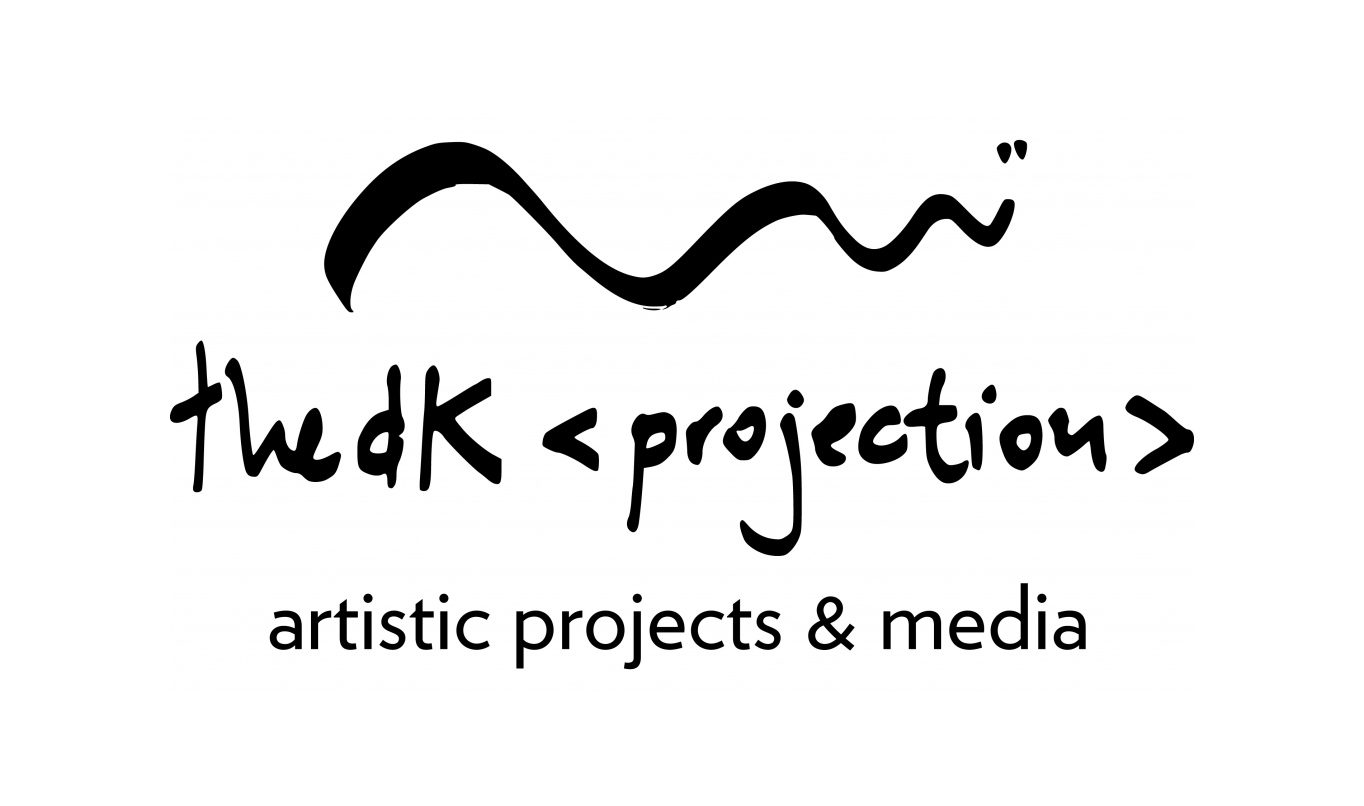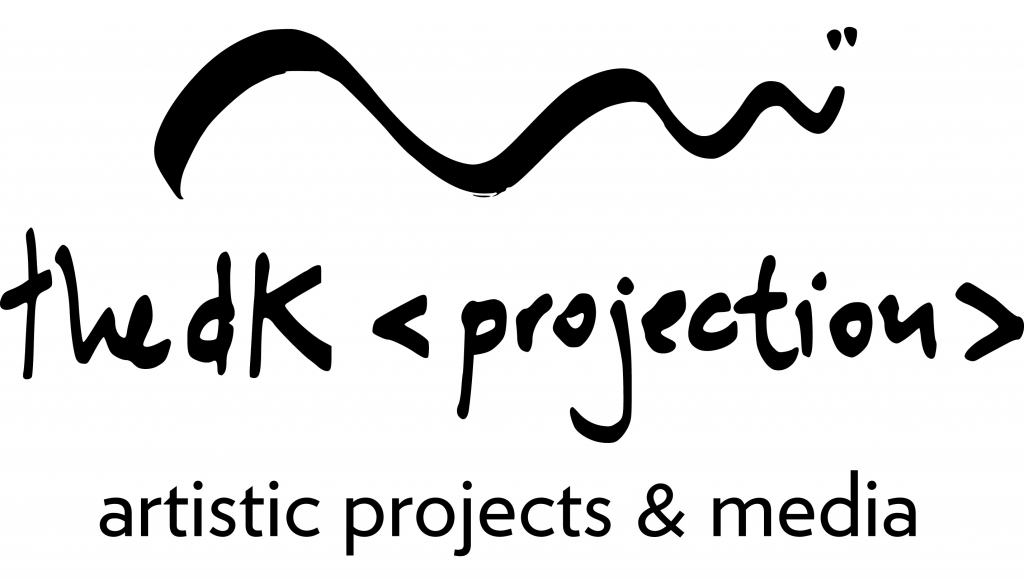QUOTES
Matilda Hofman
Conductor, on Valles Marineris
“I have conducted several works before, which involve using a large space with musicians spaced throughout the room, but never one before like Chasmata at Guggenheim, which uses a hundred saxophones, projections from space and, of course, the incredible architecture by Frank Gehry. The space inside the museum is live and dynamic, almost like a sculpture, almost like a piece of music. The acoustic was beautiful and haunting, and the music written for it complemented the architecture in its open-ended quality, which also stretched to seem to search for something beyond itself and beyond that uncommon borders. This was particularly founded in the quality of the unearthly sounds of the saxophone group throughout the hall, combined with some very special electronic sounds. It was a real pleasure to collaborate with Ángel in an adventure that none of us has really participated in before, looking towards something in another realm of music-making and another realm beyond their own borders.”
European Space Agency (ESA)
Upon the project Chasmata
“The goal of this ultracontemporary concert was to share the will of exploring the hidden corners of cosmos by merging science and arts.”
Pedro Duque
Minister of Science, Innovation and Universities of Spain, upon project Chasmata – XX Anniversary Guggenheim Bilbao
“Science is creativity, to keep a restless curiosity. Creativity is found in the formulation of hypotheses that emerge from our mind, later verified or not. Artistic creativity has an expression completely different and it does not end up in a verification: this is the point in which we precisely are now.”
Andrés Gomis
Sigma Project, on Serraphonie and Valles Marineris pieces
“It was really thrilling living that experience of sound. A ritual sound, as an initiation. Four bass saxophones that are the sound of the future. The metaphor is a comet, in which the four bass saxophones are the core of the matter and the trail is the hundred saxophones expanded as a mantle. An experience really moving, unforgettable.”
Gustavo Carrancio
Biologist and philosopher
“Ángel compels the definition of music in the direction of other disciplines. There are so few people who really has that unusual sensibility to bring together in the music almost all sources of aesthetic pleasure existing in our somatosensory cortex.”
Begoña Martínez Goyenaga
Deputy Director, Communication and Marketing Department Guggenheim Museum Bilbao
“Chasmata has been one of the key projects of the XX Anniversary Guggenheim Museum Bilbao. it is a pioneer project. Never a collaboration between a museum and a space agency had occurred before, joining each other closely so as to merge arts and science.”
Alba G. Corral
Visual Artist, on Chasmata
“A big sonic, performative audiovisual banquet.”
Kees Tazelaar
Composer | Head of Institute of Sonology in The Hague
“You do not need to be a geologist to understand the quality of the volcano, you can just spontaneously be impressed with something. I think this kind of music has that quality too.”
David Cristóbal Litago
Nederlands Saxofoon Octet, on Valles Marineris
“One of the most remarkable musical aspects was the sound spatialization, together with the very special Guggenheim Museum Bilbao architectonic design. The combination of the images from ESA, the inner shapes of the museum and the sounds formed by Angel created a unique feeling, almost extraterrestrial.”
Arie Altena
Editor/researcher at V2_Lab Rotterdam, co-organizer and curator at Sonic Acts Festival Amsterdam, chairman of the Foundation 2 (DNK-Amsterdam Concert Series)
“The evening started with a composition by the young Spanish composer Ángel Arranz, for cello and electronics, wonderfully played by Jan Willem Troost (cello) and the composer himself: Punto Intenso contra Remisso. The program text quotes Derrida on the pharmakon, probably because of the relationship between the electronic sounds and the acoustic cello. What I heard was a piece with a very good, clear, almost traditional compositional quality and with many well-stated musical ideas, and a smart interaction between the cello and the electronics. 23 minutes long, and not one dull moment. They received a well-deserved long applause.”
Beatriz Sánchez-Cano
Mar’s ionosphere researcher | University of Leicester (upon Chasmata project)
“Thanks to the Chasmata project, now we have another way of studying the behavior of Mar’s atmosphere and how interacts with the spatial means. In addition to analyzing hundreds of data, now we have the possibility of listening to it and feeling the behavior of different regions that take part in Mar’s ionosphere, as if we were watching them in a 3D film. Best of all, at least for me, is that it makes you feel that almost you can touch the ionosphere.”
Xabier Sagredo
President of Bilbao Bizkaia Kutxa (BBK), during the premiere presentation of the Chasmata project
“The (Guggenheim) titanium-made curved structure that wraps us and we can see has been the scenario for some of the best artistic expressions visiting our city during the last twenty years (…) This evening, once again, it manages to surprise us with an avant-garde spectacle that joins the music power with the capacity of formulating questions about science, astronomy and knowledge upon space.”
Íñigo Ibaibarriaga
Saxophone solo in Chasmata
“Ángel conceives the piece as an organic corpus formed by an instrumental mass and converts it into something rhizome-like, in relationship with the space and the origin of sound.”
Alberto Posadas
Composer
“It is really pleasant to observe people that has built themselves authentically. From the Romanesco broccoli to present has been much in the middle, and that was Ángel Arranz. Bravo!”
Maite Aurrekoetxea
Conductor, on Valles Marineris
“It was very interesting the sound control and the visual aspect to generate this Gesamtkunstwerk (in words of Wagner) and a true spectacle because of its innovation”.
Aitor Álvarez
Journalist of Diario Vasco, about Qumran at Quincena Musical de San Sebastián, 2012
“The most impressive piece -Arranz’- revolves around the relationship between music, architecture and visual creation. It takes the building Bodegas Qumrán as an abstract model. It was out of this planet, using electroacoustic, bass sax and video projections.”
Juan Pablo Arias
Composer | sound artist | pianist | filmmaker
“I am glad to confirm that, in the field of trans-individual, multimodal, collaborative artistic creation, life exists beyond artistic-sonic dilettantism, socialogist trifles and another postmodern-like tangles.”
Daniel Martín Sáez
Director of Sinfonía Virtual (critics on CD Sound of the Clarinet by JM Santandreu, #28, Jan. 2015)
“Listener could not recall, while listening, the consonance/dissonance parameter, since it would not lead the sense of the piece, but rather spatial-temporal coordinates (perhaps purely poetic), harder to be defined by the writing in a quantitative or mathematical way. It is what concerns to the textural interplay, to the diverse suggestive atmospheres, the appearance of more or less dense passages (…), its modern technical possibilities and its materials, such as polyphonic sounds, glissandi, a diversity on attacks (…), key noises, and even, air sound passing through the clarinet’s wood.”
Josep Lluís Galiana
Musician, writer and publisher
“Arranz merges architecture and music, recovering the Brunelleschi’s Renaissance tradition in Florence.”
Babis Giannakopoulos
Composer | visual artist
(Upon the phoneart piece callingHiggs). “Derived from the communal idea from Ángel’s works, it comes to my mind one of the paradoxes by Zenon of Elea. If we let a wheat sack fall down against the ground, that produces a sound. However, if only one of this same wheat grains does it alone, the sound produced by this is imperceptible. One is nothing; by multiplying this, you will have perception. You could say that sound has very different spaces for being, therefore sound is completely an illusion.”
(Upon the premiere of the piece DK <sin>, for nine instrumentalists and/or electronics, version for sextet of flute, Bb clarinet, microtonal guitar, piano, violin and cello). “It was the kind of works that keeps you excitedly awaiting and alert to it every single moment”.
Hikari Kiyama
Composer
“Religious music.”
Sixto Ferrero
Music Journalist at La Veu – El País
“The Castilian composer Ángel Arranz proposes in the clarinet solo version of DK <sin>, a really high compositional complexity. The piece results on one hand in a rhythmic play, and on the other hand textures, which makes its listening appealing (…) Among the pieces for clarinet solo, this is the most extreme, as well as one of the most interesting within this CD.”
Casper Schipper
Composer
“Everything is curved.”
Raphaël Simon
Percussion
“It is really interesting, in the piece by Ángel Arranz (Qumran B), those pasages in which electronics try to imitate the acoustical instruments and, at the same time, the acoustical instruments try to imitate the electronics. So, we have a link, an imbrication between them two (…) There is an interesting challenge in some way.”
Jesús de la Villa
Professor at UAM | Director of the Sacred Arts Museum Peñafiel
“Within our musical history, our friend Ángel is alive patrimony.”



